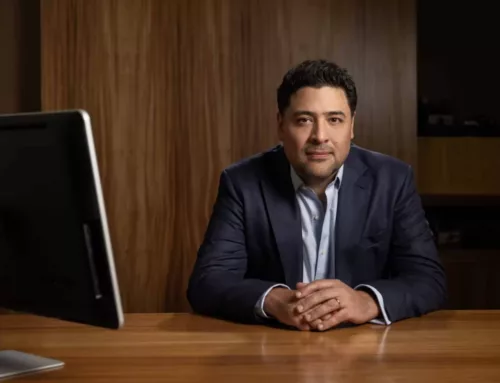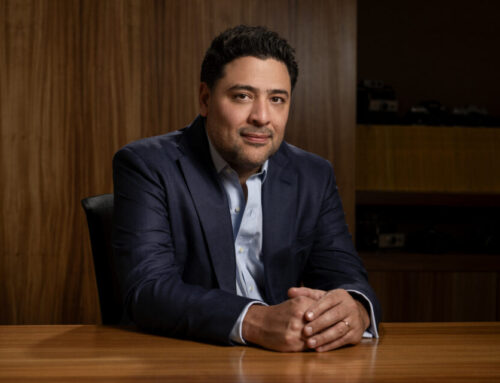
PBG.io Promises to Revolutionize Liquidity with 100 Million ADA on Cardano
PBG.io, an emerging decentralized finance protocol within the Cardano ecosystem, has unveiled ambitious plans to provide a massive liquidity pool of 100 million ADA to its users. According to Pablo Antonio Bejarano, the company’s CEO, this innovation could outshine the capabilities of major centralized exchanges. “Cardano’s upcoming protocol will eclipse Binance,” Bejarano stated, emphasizing a liquidity volume that significantly surpasses that of the crypto giant Binance. This bold claim underscores the potential of ADA on Cardano to drive transformative changes in decentralized finance (DeFi).
PBG.io’s strategy hinges on implementing Decentralized Vault Portfolios (DVPs), a novel DeFi approach to on-chain liquidity management. Bejarano asserts that with DVPs, the protocol can deliver up to ten times more liquidity than the world’s largest exchange offers for ADA trading across all cryptocurrency pairs. The focus on ADA on Cardano leverages the blockchain’s unique features, such as its proof-of-stake (PoS) consensus mechanism, Ouroboros, which ensures energy efficiency and security—attributes that align with the needs of scalable financial applications.
Since February 2023, PBG.io has been developing its platform, with beta testing kicking off in April 2024. During this phase, the protocol reported a 34% annualized return (APY) in ADA for liquidity providers, showcasing the potential rewards of participating in this ecosystem. The project has partnered with Anastasia Labs for technical auditing and Dedius Network, the first decentralized physical infrastructure network (DePIN) on Cardano, to refine its infrastructure. These collaborations highlight how ADA on Cardano supports innovative projects that push the boundaries of blockchain technology. However, the developers have yet to confirm an official launch date, leaving the timeline open-ended.
Meanwhile, the broader Cardano DeFi landscape faces challenges, with the total value locked (TVL) struggling to stay above $200 million. Protocols like Minswap, Indigo, and Liqwid collectively account for over half of this volume, reflecting a concentrated but growing ecosystem. Cardano, launched in 2017 by Ethereum co-founder Charles Hoskinson, has built its reputation on a research-driven approach, prioritizing peer-reviewed development to ensure reliability. This methodical process supports the deployment of ADA on Cardano for applications like PBG.io’s liquidity pools, fostering trust in its long-term stability.
Today, September 1, 2024, marks a significant milestone for Cardano with the Chang hard fork, set to introduce on-chain governance as part of its Voltaire roadmap. This upgrade empowers ADA holders to vote on network proposals, enhancing the decentralization that underpins projects like PBG.io. The Chang hard fork builds on Cardano’s layered architecture, which separates settlement and computation for greater scalability—a feature that benefits the handling of ADA on Cardano in high-volume scenarios like liquidity provision. As governance evolves, the community’s role in shaping Cardano’s future could further amplify the impact of DeFi initiatives.
Cardano’s ecosystem has steadily expanded beyond finance, supporting use cases like supply chain tracking and asset tokenization, all powered by ADA on Cardano. Its ability to process transactions efficiently while maintaining low costs positions it as a versatile platform. For PBG.io, this environment offers a fertile ground to test and scale its DVPs, potentially setting a new standard for liquidity management in DeFi. The interplay between Cardano’s technical advancements and PBG.io’s ambitions illustrates how blockchain networks can evolve to meet diverse needs.
Despite these developments, Cardano’s DeFi sector remains smaller compared to rivals like Ethereum, where TVL often exceeds billions. The Chang hard fork and initiatives like PBG.io’s 100 million ADA liquidity pool could signal a turning point, drawing more attention to the platform’s capabilities. As the ecosystem matures, the focus on security, scalability, and community governance may pave the way for broader adoption.



